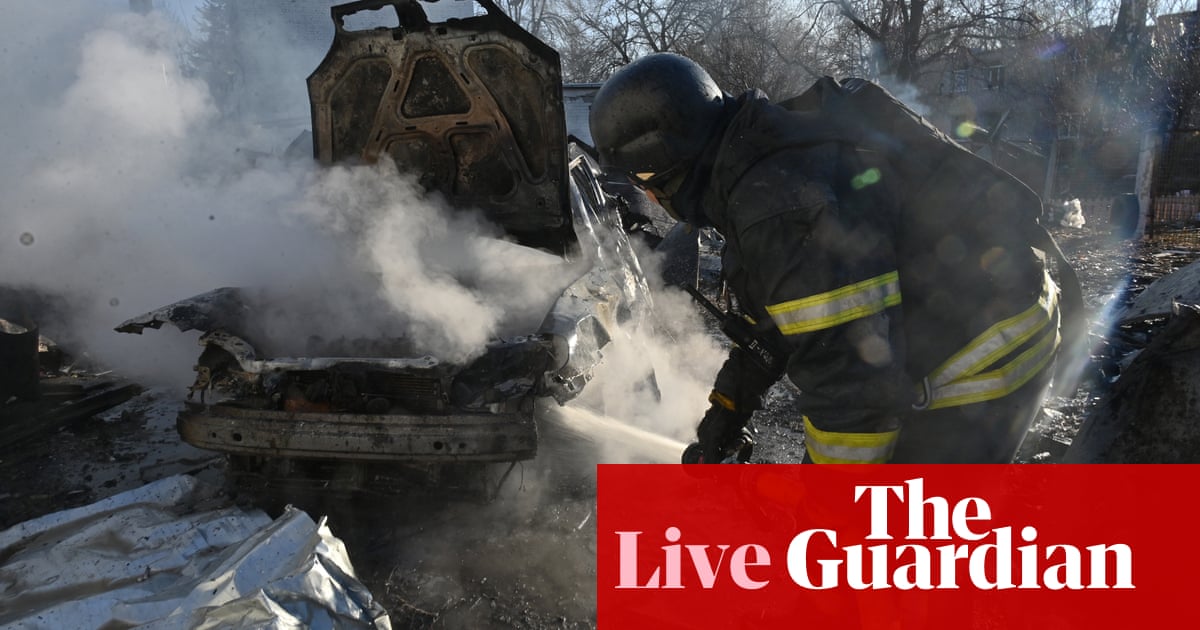Indian automakers resist Europe-like fuel efficiency standards

According to three people aware of the matter, the automakers have told the Bureau of Energy Efficiency (BEE) that the target of close to 70 gm per km of CO2 emissions by 2030 under the proposed corporate average fuel efficiency (CAFE-III) norms is “highly impractical”. Their reasoning was that despite significant investments in electrification, internal combustion engine (ICE) vehicles will dominate the market for the next decade.
An expert committee steered by the BEE—and advised by US non-profit International Council on Clean Transportation—has impressed upon the automakers in confidential meetings that it wants to accelerate India’s CO2 reduction efforts, and encourage faster adoption of electric vehicles by imposing stricter standards on original equipment manufacturers (OEMs), the people cited above said. This would include penalties for non-compliance with emissions reduction norms.
“[The proposal ] will have devastating effects on sales, jobs and the financial health of OEMs if such stringent rules come into effect, given the nascency of the EV technology in India, and its underdeveloped charging infrastructure compared to Europe, against which the BEE is benchmarking India’s carbon emissions,” one of the three persons cited above said on condition of anonymity. “So, there is certainly a rift between the two currently, and it is reasonable to believe such standards cannot come to pass as it is.”
CAFE norms relate to carbon emissions from the full fleet of a company, including vehicles with fossil-fuel as well as clean-fuel engines. So, a higher number of electric vehicles, hybrids, small ICE vehicles (which emit less carbon), or those with more fuel-efficient fossil engines such as CNG, in a company’s fleet of cars sold would reduce its carbon emissions under CAFE-III.
“The bigger play is to reduce oil imports, but such hastened electrification will come at a cost, which will affect demand negatively,” another person cited above said, declining to be identified as the talks are private. “It’ll be challenging to meet such a target, so I don’t believe the government will go for such strict standards.”
Mint has learnt that some sections of the auto industry have also sought a carbon trading mechanism, which will enable OEMs to buy and sell carbon credits, but the proposal isn’t actively being considered yet. In Europe, OEMs that exceed their CO2 emissions targets for vehicles can purchase carbon credits or allowances from other OEMs to offset their excess emissions.
Rajesh Jejurikar, ED and CEO, automotive and farm business at Mahindra & Mahindra, said to analysts post its Q4 FY24 earnings call that the company has met its CAFE-II targets in FY24. “We expect that to happen with the portfolio of electric cars that we have in FY25 as well.” On the upcoming CAFE-III norms, Jejurikar said they are “still under discussion”.
On the thought process behind CAFE norms for the future, he said the way M&M understands the norms, “the mindset right now is to create CAFE norms, which encourage companies to have a very high portfolio of electric cars. It is being designed in a way that literally discourage non-electric (cars). The direction of the conversation right now is to move OEMs, and push them to have EVs because that’s the only way to meet the CAFE norms”.
“At Hyundai Motor India, we fully support government initiatives that promote sustainable and environmentally friendly transportation,” said Puneet Anand, the company’s AVP and vertical head (corporate affairs). “Regarding the CAFE-III and CAFE-IV proposed standards, we, along with the industry body SIAM, are actively participating in discussions with the relevant authorities. Hyundai Motor India is dedicated to providing customers with products that comply with all government regulations.”
Queries sent to BEE remained unanswered. Mint also sent email queries on Wednesday to Maruti Suzuki and Tata Motors, which did not receive a response till press time.
Smell the CAFE
The European Union aims to completely phase out sales of fossil fuel-run passenger vehicles by 2035. India does not have such a deadline yet—the government has set a 30% electrification target by 2030, but various industry estimates are much lower. A BNP Paribas report, published on 2 May, estimates India will see 15% electrification in EVs by 2030.
The BEE is holding consultations to formulate CAFE-III and -IV norms to set targets for fuel consumption and CO2 emissions. CAFE III and CAFE IV norms will kick in from 2027 and 2030, respectively.
Currently, the threshold for CO2 emissions under the prevailing CAFE-II norms is 113 gm per km. By 2027, the BEE has proposed to shrink it close to 94 gm/km, the people cited above said. Significantly, eight out of 18 OEMs reportedly did not meet CAFE-II norms in 2023, which could cumulatively attract upwards of ₹1,000 crore in penalty.
The environment, forests and climate change ministry, in its report on India’s long-term low-carbon development strategy, has outlined that “reducing fuel demand and greenhouse gas emissions through improved fuel efficiency” is an important element of its low-carbon transport roadmap. “India will achieve this through raised standards, optimized networks, improved technologies, and fleet modernization,” the report said.
Industry pushback
While the auto industry is a divided house currently on the issue of electric vehicles vs hybrids, it has taken a collective stance to oppose the proposal presented by BEE, even as several stakeholder consultations, involving the ministry of heavy industries and petroleum and natural gas, are scheduled to take place over the next few weeks.
Major OEMs like Maruti Suzuki, Tata Motors, Hyundai, and Mahindra & Mahindra believe meeting the targets will be challenging even with widespread electrification. “The government has to balance out the interests of the entire industry. So, it’ll take a long time to arrive at a consensus, though BEE has now accelerated its discussions,” a senior industry executive privy to the discussions said, requesting not to be named.
A BNP Paribas report estimates electrification of passenger cars to reach 15% by 2030, half of the 30% target the government had set.
“We see inflection in electrification to be at least a year away. FY25 will be a critical year for the industry, in our view, given multiple EV model launches (some of which could be at lower price points) from market leaders, Tata Motors, Hyundai, and M&M, and most importantly the potential entry of Maruti Suzuki, the market leader in the ICE segment. We see ePV penetration reaching 15% by 2030.”
“The government is actively engaged with more than USD11b of manufacturing incentives offered, on top of demand incentives, spread across EV OEMs, suppliers, and cell manufacturers,” the report added.
Global resistance
To be sure, a report by non-profit think tank InfluenceMaps found automotive industry associations opposing climate regulation in seven key regions (Australia, EU, India, Japan, South Korea, the UK and the US).
“In the US, the Alliance for Automotive Innovation has led opposition to ambitious fuel economy (CAFE) and GHG emissions standards, while in Australia, the Federal Chamber of Automotive Industries (FCAI) led a strategic campaign to weaken fuel efficiency standards,” the analysis said.
“Of the eight automotive industry associations included in this study, every automaker (except Tesla), remains a member of at least two of these groups, with most automakers a member of at least five of these associations globally,” it added.
Related
Zelenskyy reiterates call for air truce after huge Russian attack…
We need Russia to stop attacks, Zelenskyy says, backing calls for truce in air, at seaUkrainian president Volodymyr Zelenskyy has responded to overnight attacks
Europe scrambles to rearm as Trump threatens security guarantees and…
CNN — European leaders have vowed to rearm the continent at historic emergency talks h
Russia launches ‘massive’ attack on Ukraine after Europe rushes to…
Ukraine's energy and gas infrastructure came "under massive missile and drone shelling" by Russia on Friday, a Ukrainian minister said."The energy and gas infra
American severance may be averted, but Europe’s leaders must fear…
With a mixture of regret, laced with incredulity, European leaders gathered in Brussels to marshal their forces for a power struggle not with Russia, but with t












